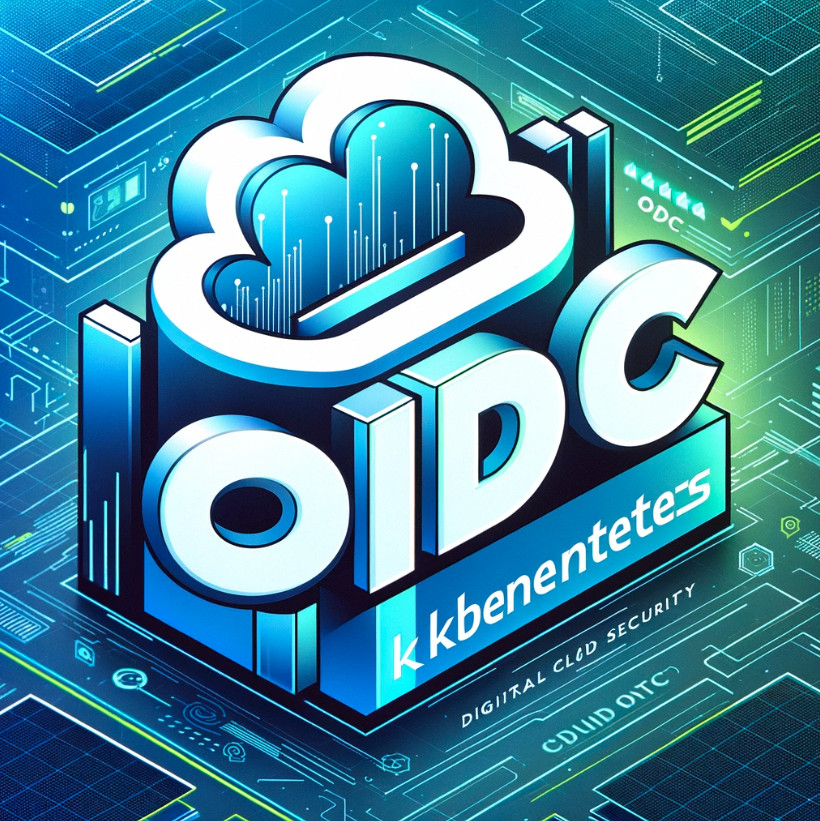Table of Contents
Introduction
Kubernetes, a popular container management tool, is increasingly used in the deployment and management of distributed applications. One of the biggest challenges in managing Kubernetes is ensuring safe and efficient user authentication and authorization. This is where OpenID Connect (OIDC) plays a crucial role.
Introduction Kubernetes OIDC
OpenID Connect is an authentication standard based on OAuth 2.0, which allows applications to authenticate users through identity providers. OIDC adds user and session information to OAuth, making it an ideal choice for authentication in cloud environments like Kubernetes.
Integrating OIDC with Kubernetes
To integrate OIDC with Kubernetes, you need to set up an OIDC identity provider and configure Kubernetes to use it. For example, if using Google Identity Platform, you would need to register an application and configure parameters such as client_id and client_secret in Kubernetes.
apiVersion: v1
kind: Config
users:
- name: kubernetes-admin
user:
auth-provider:
config:
client-id: YOUR_CLIENT_ID
client-secret: YOUR_CLIENT_SECRET
id-token: ID_TOKEN
refresh-token: REFRESH_TOKEN
idp-issuer-url: https://accounts.google.com
name: oidcAccess Management and Role Assignment
Once OIDC is configured, you can use information from the ID token to determine user access in Kubernetes. Role-Based Access Control (RBAC) policies can be applied based on claims in the OIDC token, allowing you to finely tune access to Kubernetes resources in a powerful and flexible manner.
Best Practices and Recommendations
Security is the top priority when using OIDC in Kubernetes. Always ensure that sensitive information such as client_secret this is absolutely secure. Additionally, monitor and regularly update Kubernetes and OIDC provider versions to ensure compatibility and security.
- Kubernetes OIDC-Client-Id
- Used to identify the client in the OIDC provider configuration.
- Essential for setting up authentication with the OIDC provider.
- Must be unique and securely stored to prevent unauthorized access.
- Kubernetes OIDC Authentication
- Utilizes OIDC for user authentication, leveraging external identity providers.
- Streamlines access management by using tokens issued by OIDC providers.
- Reduces the overhead of managing user credentials directly in Kubernetes.
- Kubernetes OIDC Login
- Users log in to Kubernetes using OIDC tokens instead of Kubernetes-specific credentials.
- Facilitates SSO (Single Sign-On) across multiple services that support OIDC.
- Improves security by minimizing password usage and maximizing token-based authentication.
- Kubernetes OIDC Keycloak
- Keycloak can be used as an OIDC provider for Kubernetes.
- Provides a comprehensive identity management solution capable of advanced user federation and identity brokering.
- Offers extensive customization and management features, making it suitable for enterprise-level authentication needs.
- Kubernetes OIDC Issuer
- The OIDC issuer URL is the endpoint where OIDC tokens are validated.
- Must be specified in the Kubernetes configuration to establish trust with the OIDC provider.
- Plays a critical role in the security chain, ensuring that tokens are issued by a legitimate authority and are valid for authentication.

Conclusion
Kubernetes OIDC is a robust authentication solution that simplifies user management and enhances security for distributed applications. By using OIDC, organizations can improve security and operational efficiency. I hope will this your helpful. Thank you for reading the DevopsRoles page!

